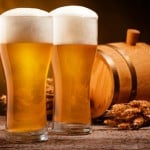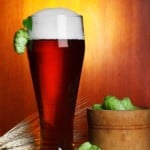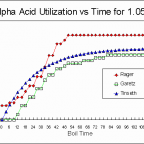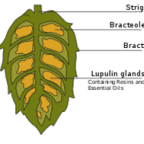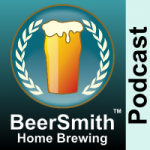 Mitch Steele joins me from New Realm Brewing to discuss Lager brewing, supply chains and the evolving world of Craft Brewing. Subscribe on iTunes to Audio version or Video version or Spotify or Google Play Download the MP3 File– Right Click and Save As to download this mp3 file. Your browser does not support the […]
Mitch Steele joins me from New Realm Brewing to discuss Lager brewing, supply chains and the evolving world of Craft Brewing. Subscribe on iTunes to Audio version or Video version or Spotify or Google Play Download the MP3 File– Right Click and Save As to download this mp3 file. Your browser does not support the […]  Mitch Steele joins me from New Realm Brewing to discuss Lager brewing, supply chains and the evolving world of Craft Brewing. Subscribe on iTunes to Audio version or Video version or Spotify or Google Play Download the MP3 File– Right Click and Save As to download this mp3 file. Your browser does not support the […]
Mitch Steele joins me from New Realm Brewing to discuss Lager brewing, supply chains and the evolving world of Craft Brewing. Subscribe on iTunes to Audio version or Video version or Spotify or Google Play Download the MP3 File– Right Click and Save As to download this mp3 file. Your browser does not support the […] 
